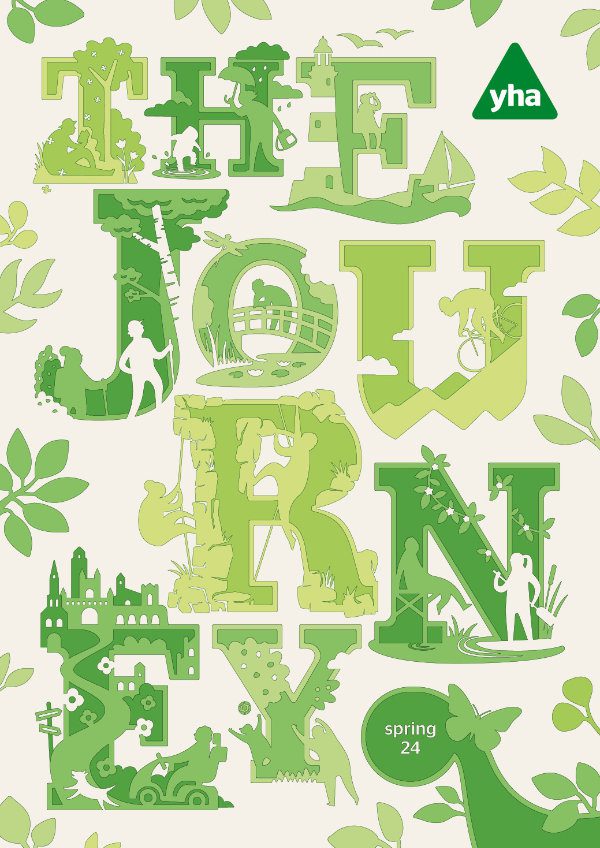This year marks our 90th anniversary as an organisation, but YHA’s story stretches back even further – and it’s seen more twists and turns than a switchback mountain trail. Here’s the full timeline of our evolution, from the first years of the 20th century to the present day.
1909
German teacher Richard Schirrmann comes up with the concept of Jugendherbergen (or youth hostels) after being caught in a thunderstorm while on a walking tour with his pupils.
1912
After initially accommodating guests in a converted classroom, Schirrmann opens his first permanent youth hostel in an old castle in Altena, a rural town close to Dortmund.
1920s
Germany now has more than 2,000 youth hostels. Meanwhile, several UK organisations begin turning their attention to the lack of affordable accommodation for young people on their travels in the countryside.
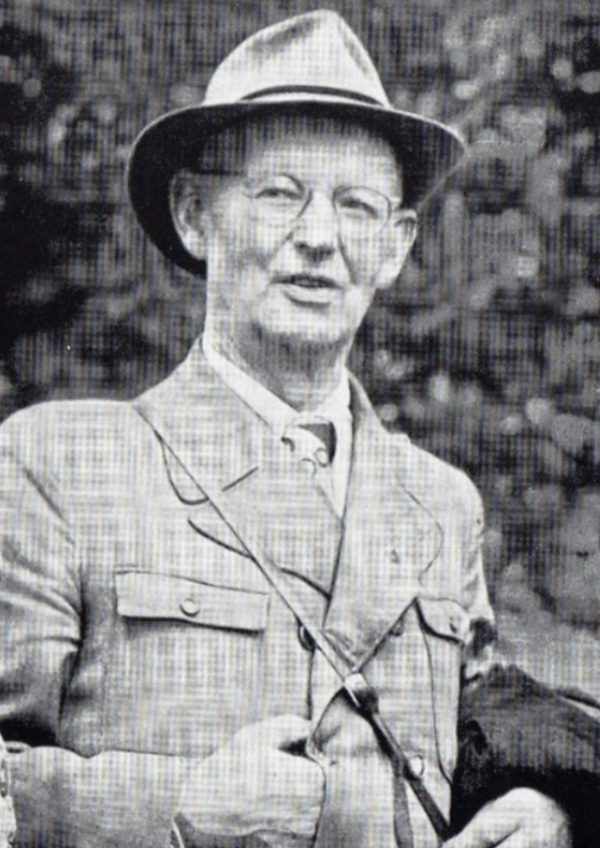
1928
Following the suffrage movement of the early 20th century, the Representation of the People (Equal Franchise) Act is passed, giving the vote to all British women over the age of 21. From its birth as an organisation, YHA will be founded on the equality of opportunity for both sexes.
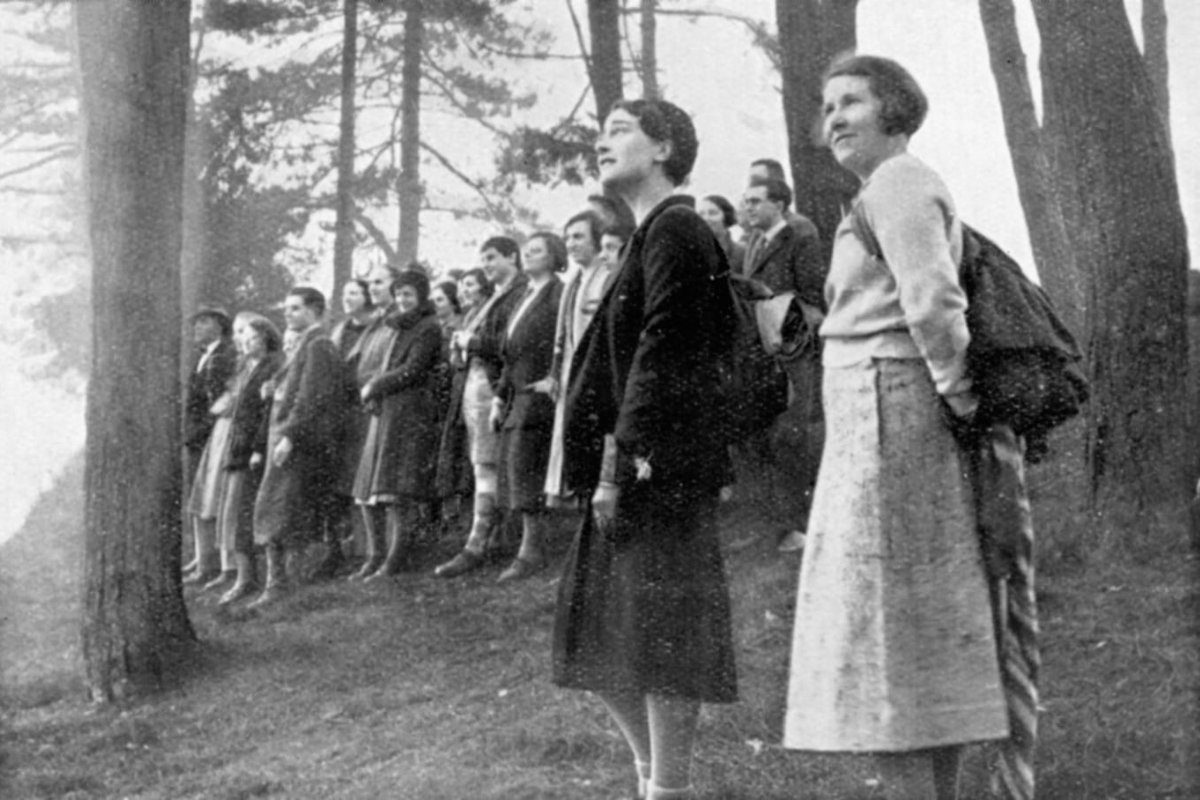
1929
Young Liverpool office clerk Tom Fairclough, having heard rumours of the warm welcome to be had at Germany’s hostels, travels out to the Rhineland for a summer walking holiday with six Merseyside friends. Among the group is shipping line worker Connie Alexander. By the time they return from Germany, Fairclough, Alexander and their friends resolve to set up a network of youth hostels in Britain.
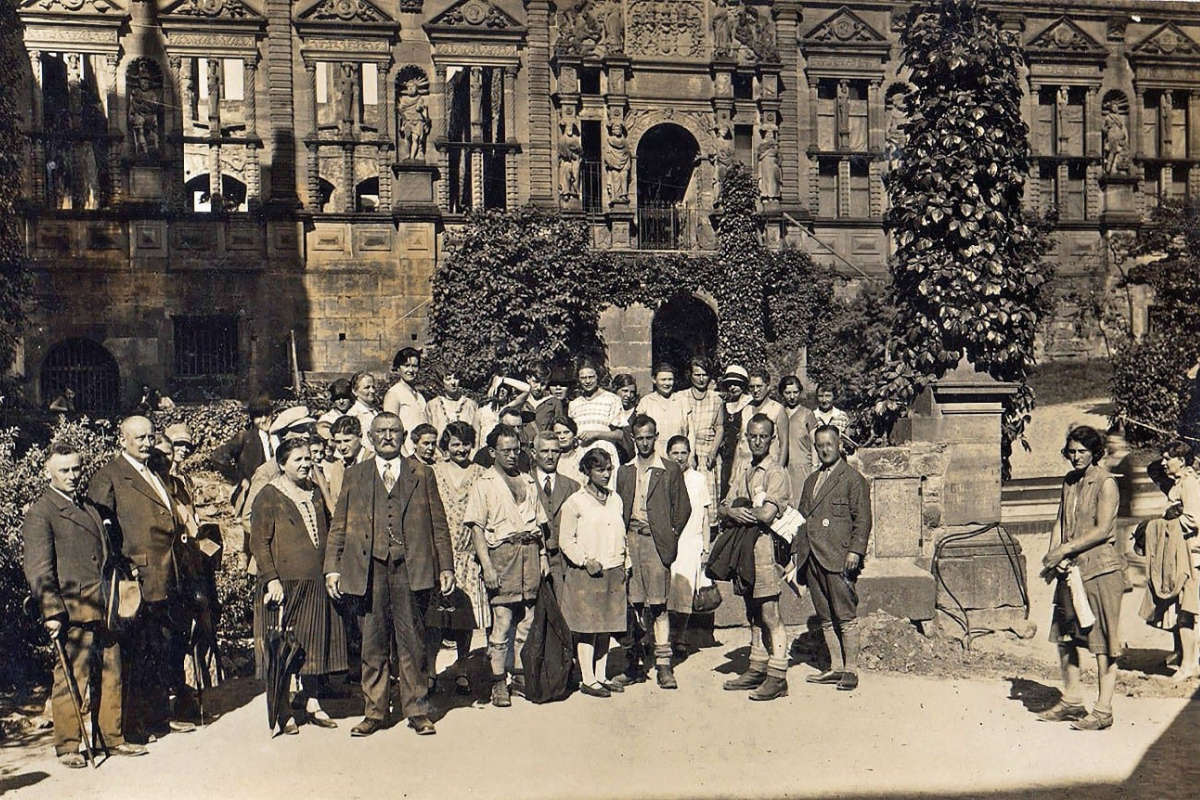
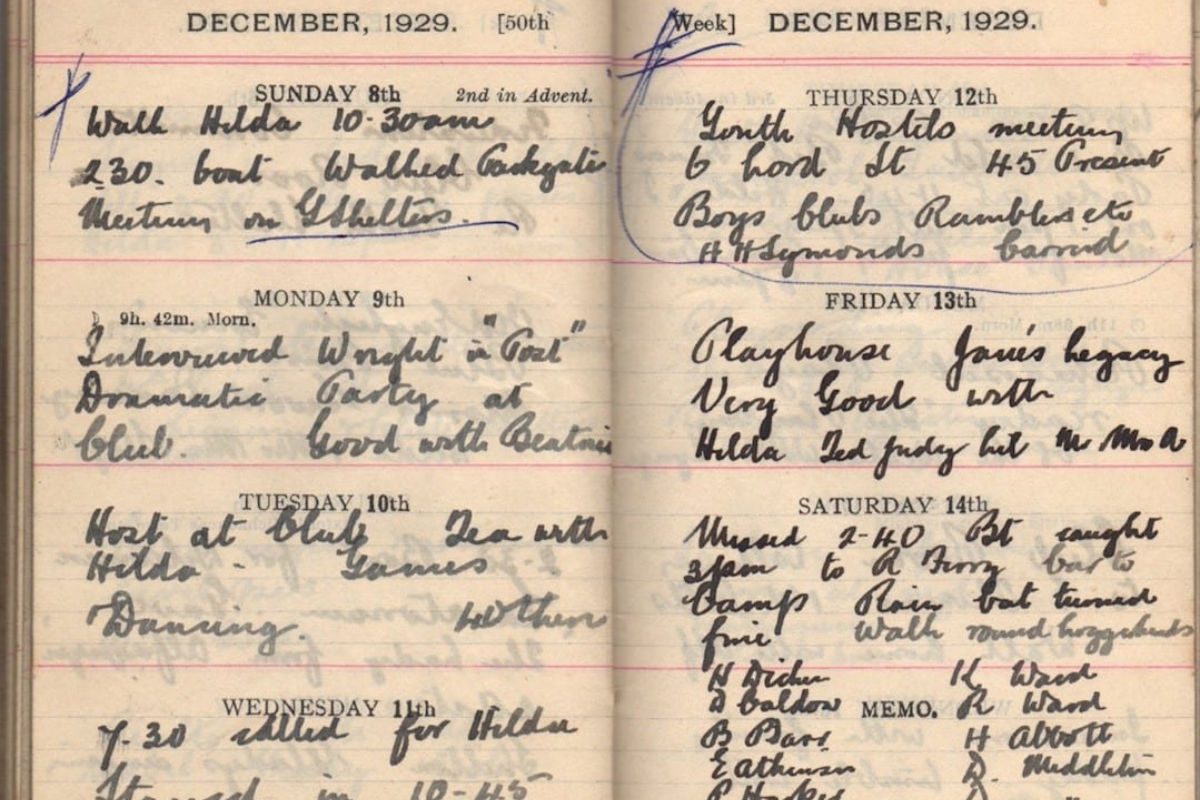
1930
Connie Alexander persuades a group of her friends to try out the concept by spending Christmas at Pennant Hall, a large empty house on the River Conwy in North Wales. In the process, she becomes the warden of the first British youth hostel. Thirty people turn up, enjoying stuffed goose, winter walks, log fires and singsongs.
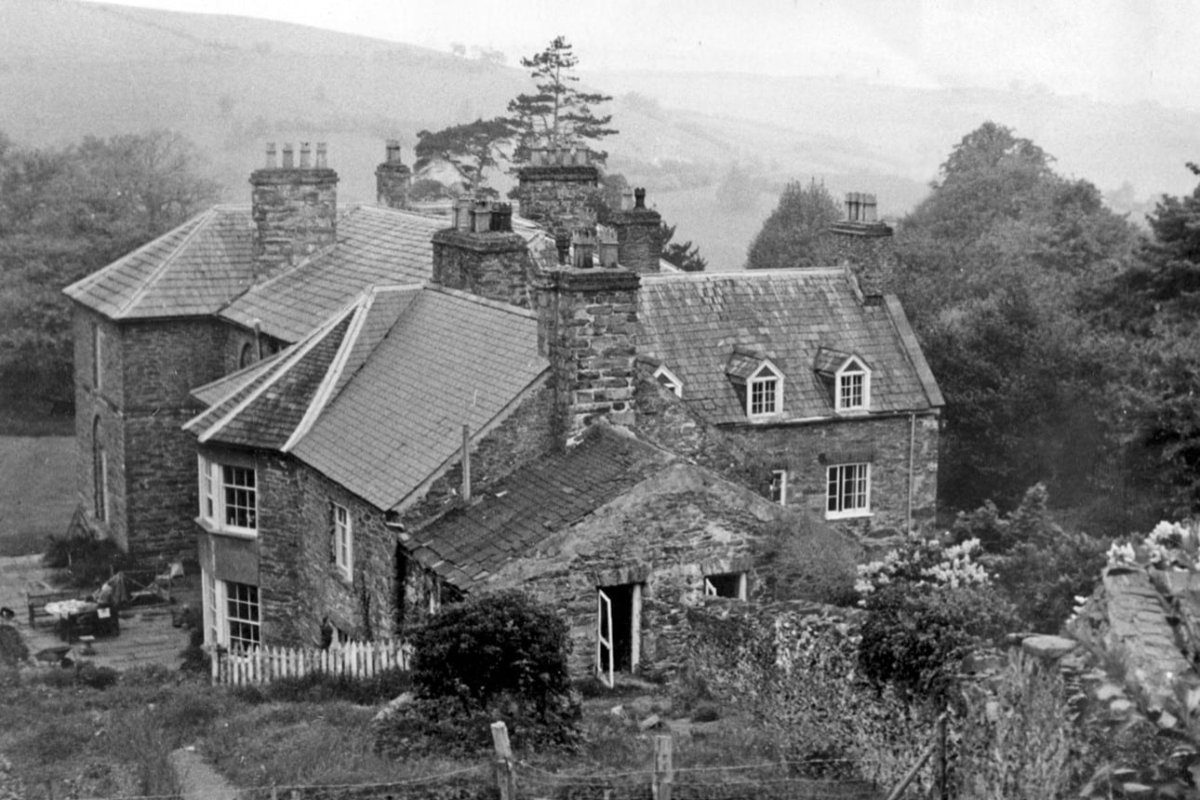
1930
Fairclough helps to generate wider interest in the idea. After a number of constructive meet-ups between different parties, a landmark meeting is held on 10th April, at the NCSS offices in Bedford Square, London. Thanks to the reach of the NCSS, those present include representatives from youth hostel groups in Liverpool and Manchester as well as more than two dozen other organisations, including the National Trust, the Wayfarers’ Hostels Association, the National Union of Teachers, the Boy Scouts, the YWCA, the National Union of Students, the Federation of Rambling Clubs and the Cyclists’ Touring Club. By the meeting’s end, a national association for youth hostels – albeit one “without funds, without buildings, and without resources” – has been established.
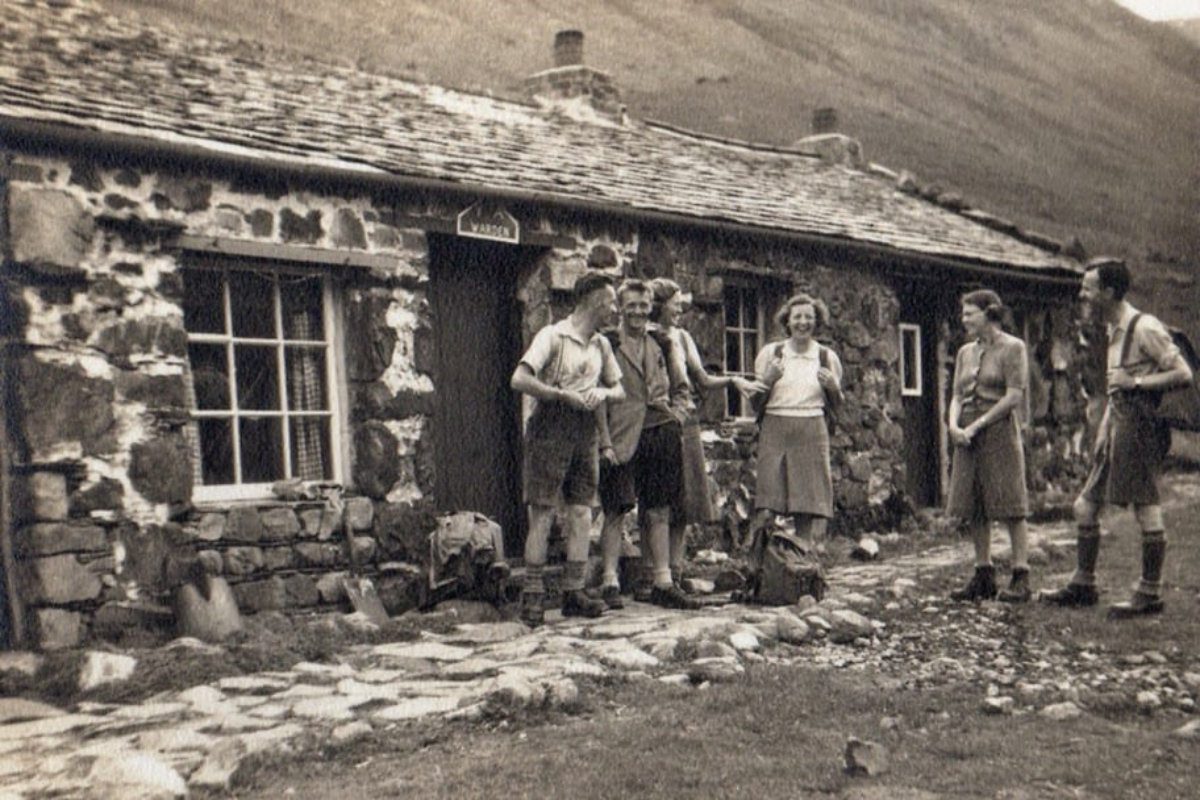
1931
The first YHA president is historian and author GM Trevelyan, who has visions of youth hostels spaced 15 miles apart, linking regions together to encourage walking tours. The organisation’s stated objective is “to help all, but especially young people to a greater knowledge, use and love of the countryside, particularly by providing hostels or other simple accommodation for them on their travels”. Under Trevelyan’s leadership, considerable progress is made. Some 31 hostels are open by the end of April, including two that are still welcoming guests today: YHA Street in Somerset, and YHA Idwal Cottage in North Wales.
1932
Having initially called itself the Youth Hostels Association of Great Britain, the organisation is renamed as the Youth Hostels Association (England and Wales), soon known simply as YHA. By March, 100 hostels are open in England and Wales, and the first YHA magazine, Rucksack, is published as a quarterly publication to cater for the already 20,000-strong membership base. Labour Prime Minister Ramsay Macdonald is a contributor to the first issue.
1932
On 24 April, a large group of ramblers and activists wilfully trespass on the moorland plateau of Kinder Scout, in the Peak District. The event, now known as the Mass Trespass, is a pivotal moment in opening up access to the countryside for ordinary people.
1935
The Ramblers’ Association is officially created, in Liverpool. It goes on to have a long and rich history of working with YHA.
1938
The introduction of the Holidays With Pay Act enshrines in law the concept of paid leave, meaning workers across the country now have more freedom to travel and explore the UK. YHA, meanwhile, retains its longstanding rule that only those travelling under their own steam (initially just on foot or by bike, and later by canoe or on pony) can stay at its hostels.
1939-1945
By 1939 there are some 300 hostels in operation, but the Second World War years usher in a new chapter in YHA’s history. Around a third of all its properties are requisitioned to accommodate soldiers on leave, or repurposed as ambulance training camps, makeshift schools or emergency feeding stations. They become places of safety for refugees, the sick, and those made homeless by air raids. Many hostels, however, remain open in some capacity, and by 1945 membership has reached a high of 153,751.
1950
Buoyed by support from the Ministry of Education – which recognises how much hostels could contribute to the nation’s health and welfare – YHA continues to assert itself as a socially vital organisation in the post-war years. By 1950, membership numbers have topped 200,000, with overnight stays numbering more than a million.
1951
The Peak District becomes the first officially designated National Park in the country. By the end of the 1950s, it has been joined by the Lake District, Eryri (Snowdonia), Dartmoor, the Pembrokeshire Coast, North York Moors, Yorkshire Dales, Exmoor, Northumberland and the Brecon Beacons. Three further regions – the Broads, the New Forest and the South Downs – later become National Parks. Today, 12 of the 13 areas are bases for YHA hostels.

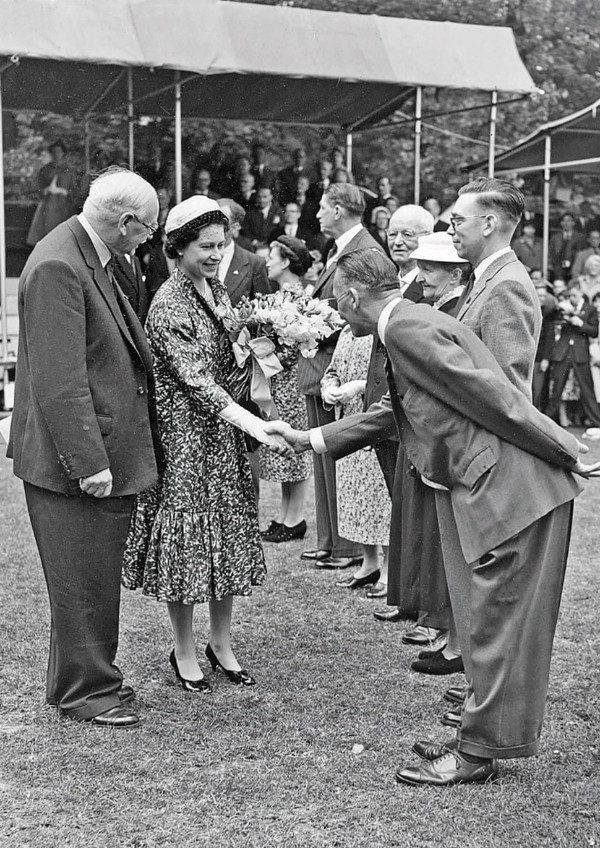
1959
YHA’s new patron, a 33-year-old Queen Elizabeth II, opens the King George VI Memorial Hostel at Holland Park, London. “Here in the middle of the capital, the young of all nations can meet,” she says, before unveiling a plaque in the hostel’s dining room. “Here they may learn that mutual understanding and trust, for the lack of which their elders have so often and so bitterly suffered.” The hostel goes on to remain part of the YHA family for more than 55 years.
1971
A study by consumer organisation Which concludes that, other than camping or caravanning, hostels offer the only available accommodation for young people. At this time, a stay in a hostel for guests over 18 costs between 30p and 60p a night.
1973
The ‘under your own steam’ rule is discontinued. For the first time, those touring by private car are officially allowed to stay at YHA hostels. The YHA Handbook does, however, state that at busy times, motorists might be asked to move on.
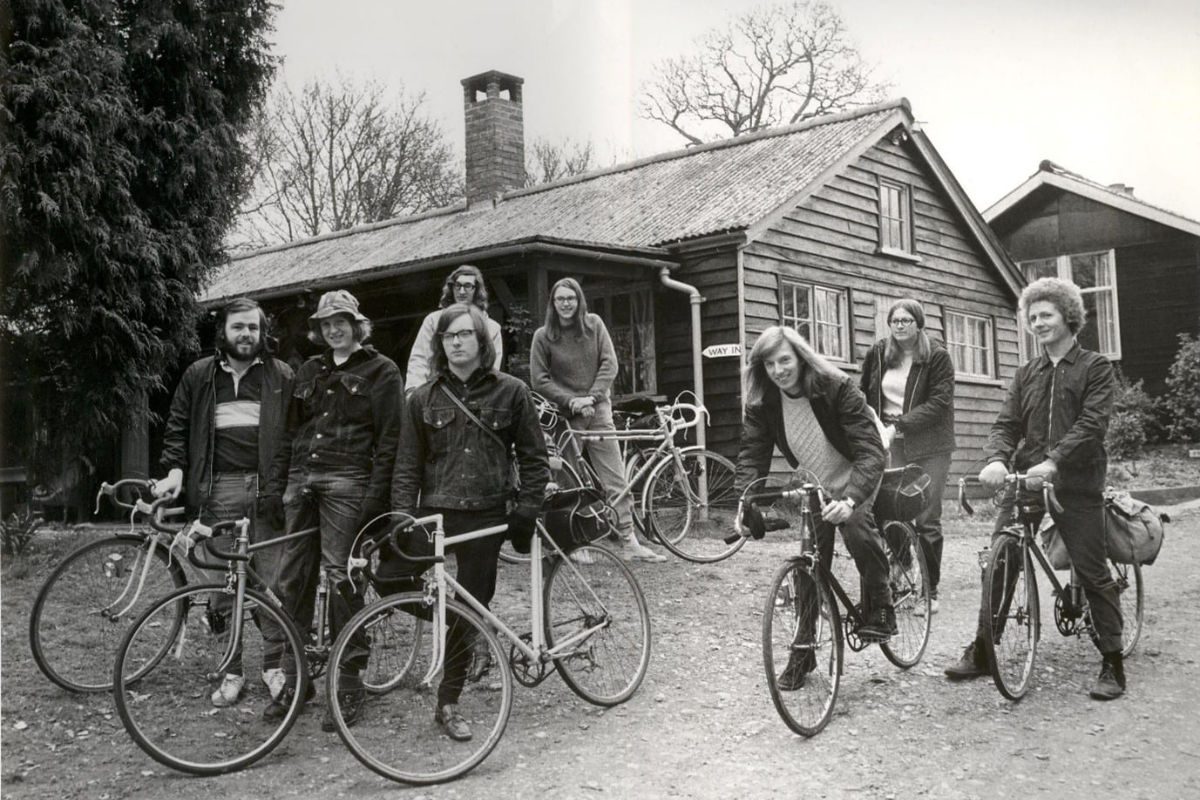
1975
The organisation continues to fulfil its remit to change young lives. Over the course of the year, it records half a million bed-nights for school groups, amounting to around 29% of all hostel stays.
1979
The year’s YHA Handbook still includes the instruction that “Each member is required to carry out hostel duties as directed by the warden”. Over the course of the 1980s, however, chores and cleaning tasks are phased out, bringing to an end a period of some five decades during which guests spend part of each day sweeping, polishing, mopping or performing other jobs.
1987/88
YHA spends £1.2 million updating and renovating 24 of its key hostels as part of a new marketing push. Private rooms and modernised facilities are among the improvements.
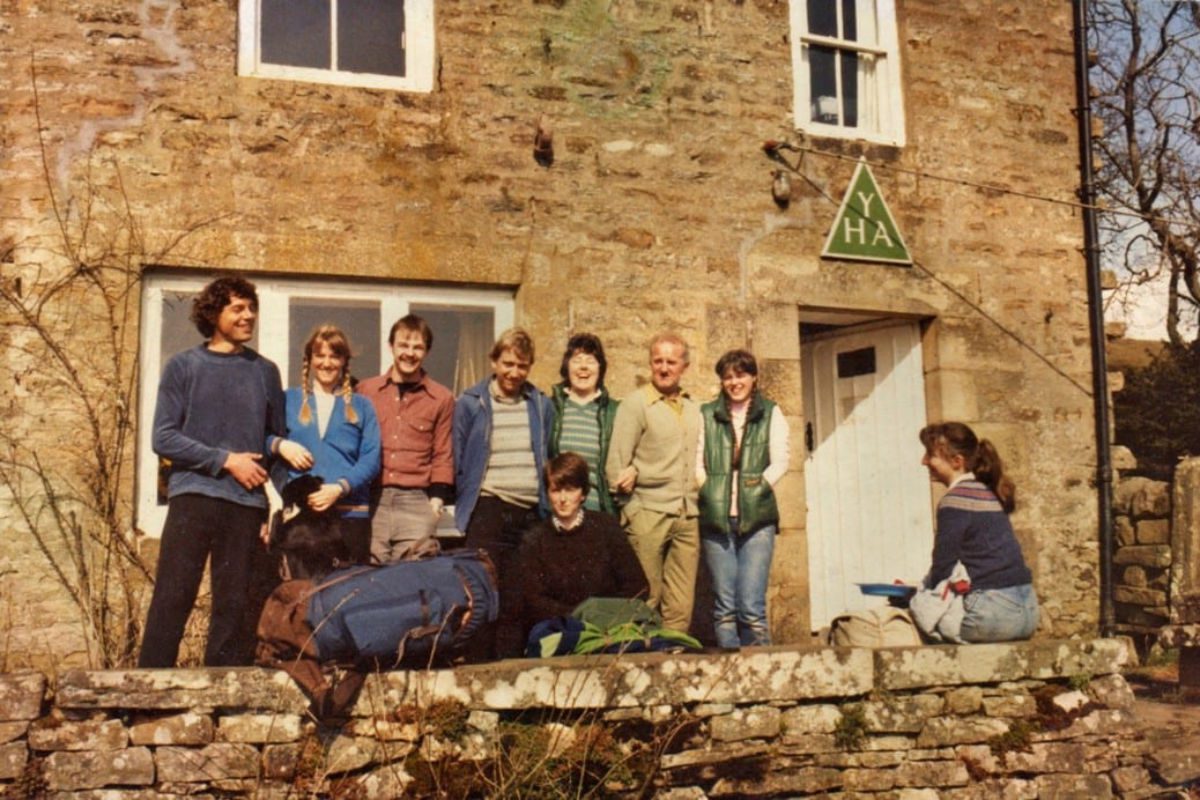
1998
The first YHA website is launched. It takes the form of a basic guide where web users can browse accommodation by geographic region and facilities – but doesn’t yet stretch to online booking, which arrives for the first time in 2004.
2001
The Foot and Mouth outbreak has a devastating impact on the UK countryside, forcing most hostels to close for the summer. For YHA, it represents the worst crisis since the Second World War.
2005
The organisation begins a programme of summer camps for under-18s. Thanks to assistance from the Big Lottery Fund, children from families on income support are able to pay just £25 for a four-night stay with activities. It is reaffirmation of one of YHA’s original aims, to provide all young people with opportunity and adventure.
2013
In October, YHA patron Queen Elizabeth II – now a great-grandmother – visits Sussex to unveil the brand new YHA South Downs.
2014/15
YHA Eden Project opens its doors for the first time, garnering rave reviews and cementing YHA’s reputation for high-quality budget accommodation. The portfolio now includes everything from shepherd’s huts and beachside hideaways to camping pods and state-of-the-art city hostels.
2019
An impact review shows that, over the course of the previous 12 months, YHA has welcomed almost 940,000 overnight guests. More than 400,000 of them are young people staying with their families, schools or other groups, and more than 100,000 take part in YHA-led activities.
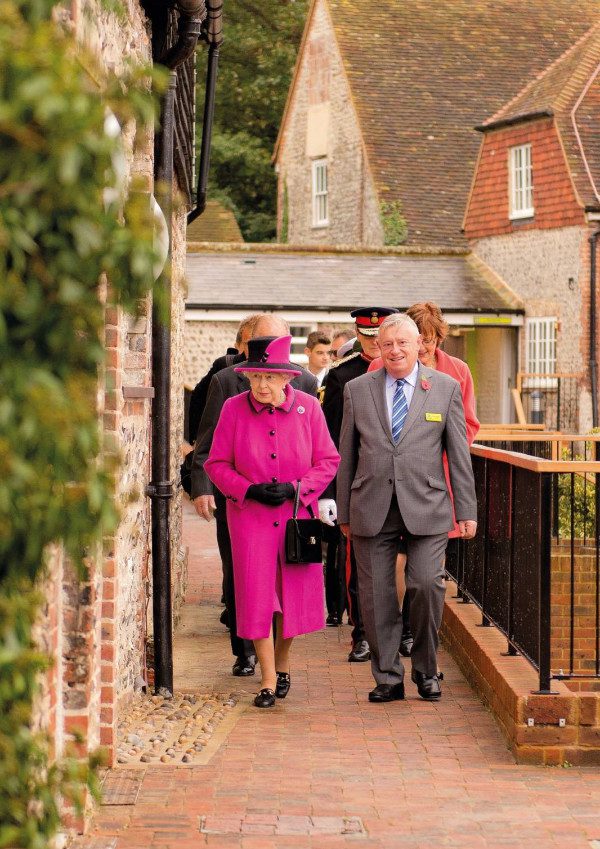
2020
The coronavirus pandemic forces a complete closure of the network for recreational use, for the first time in the organisation’s history. Hostels and facilities are offered to help assist the NHS, key workers and vulnerable members of society. To mark YHA’s 90th anniversary year, meanwhile, a new 10-year strategy is launched. Titled “Adventure. For the first time and a lifetime”, its focus is to reach more people, change more lives and strengthen YHA’s position as a trailblazing national charity and social enterprise.


